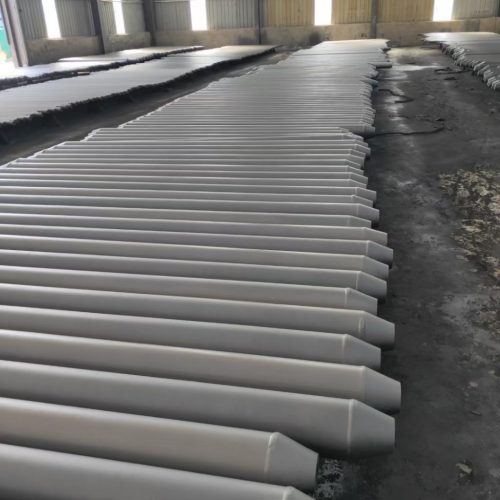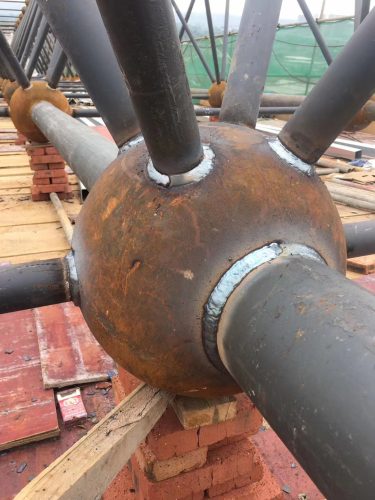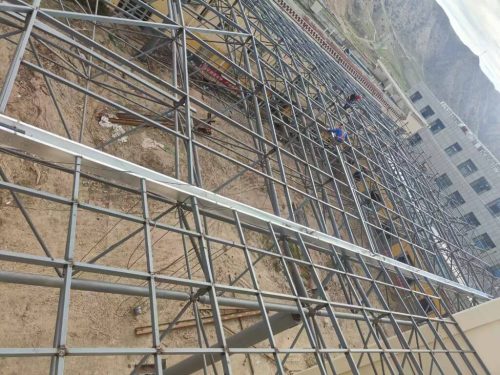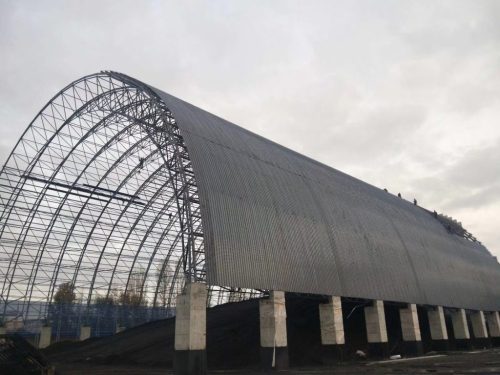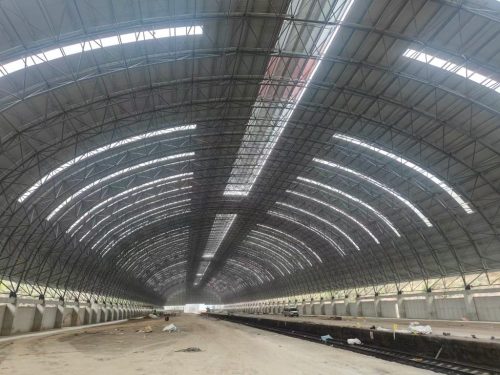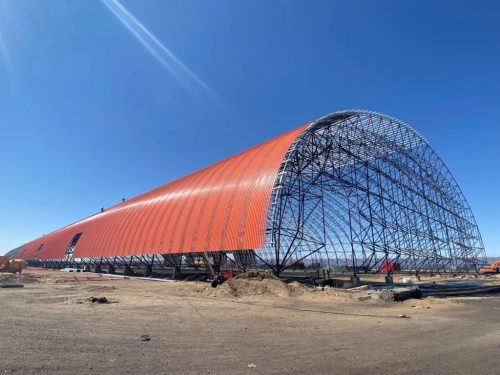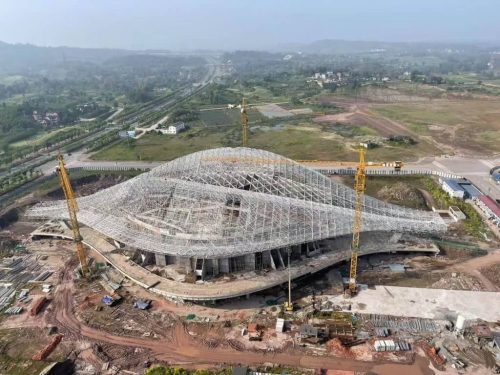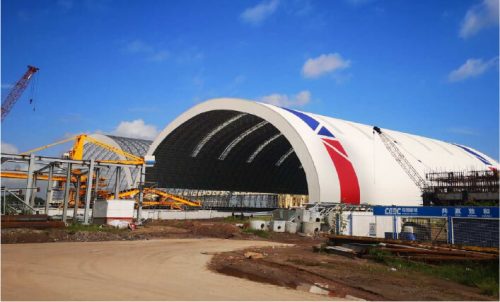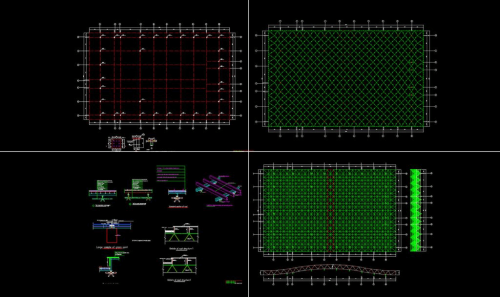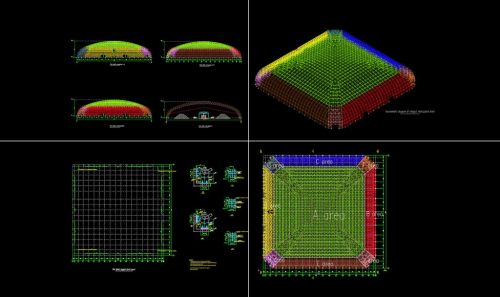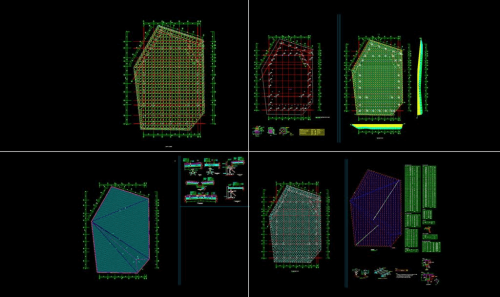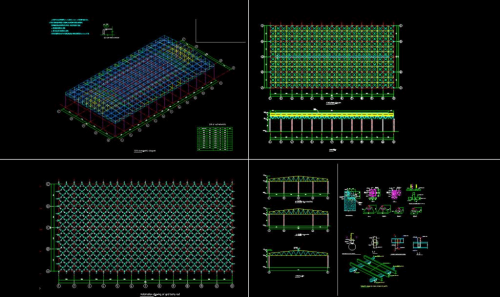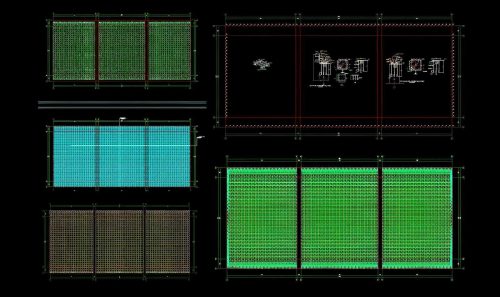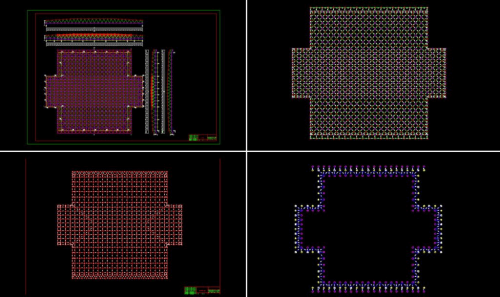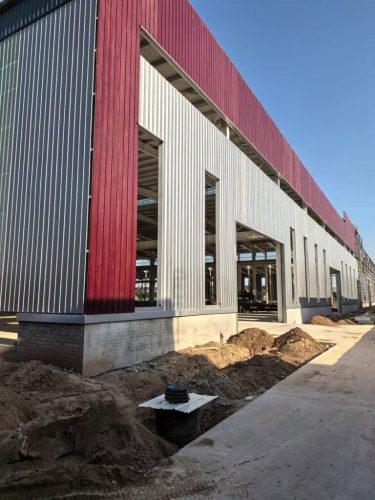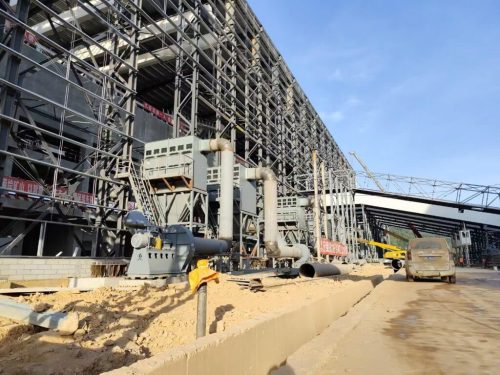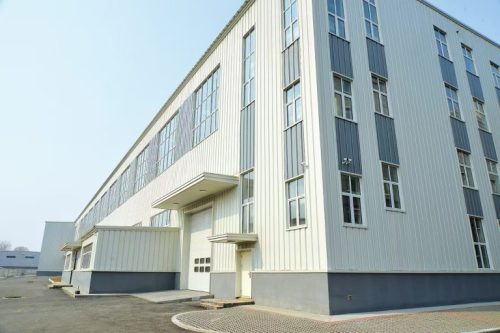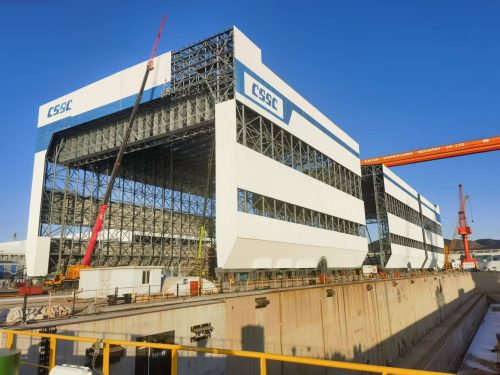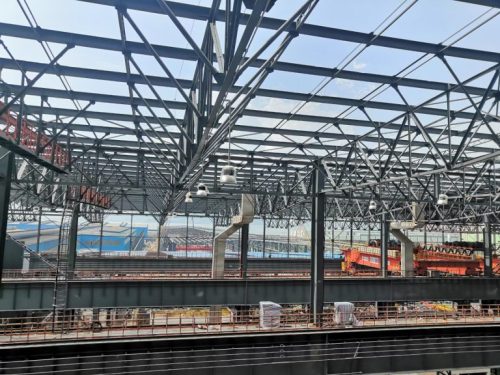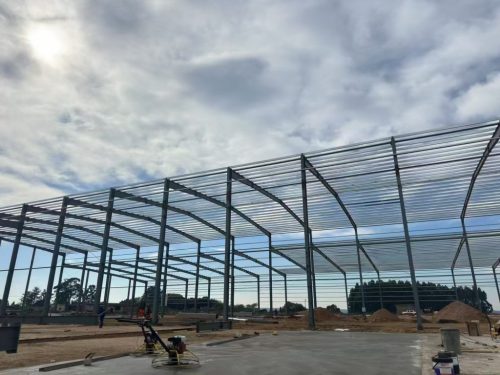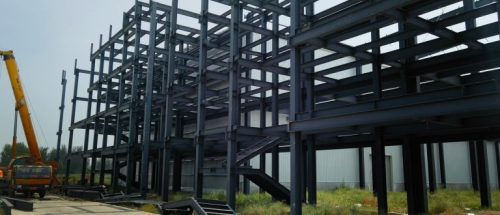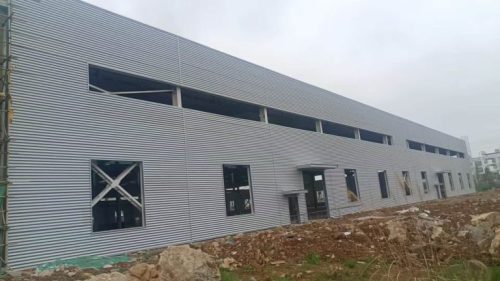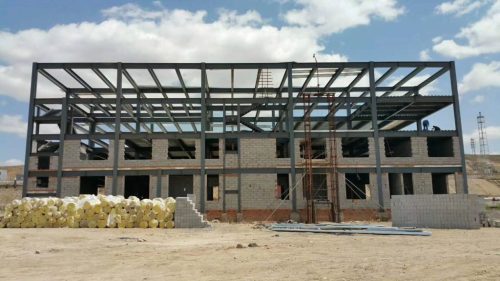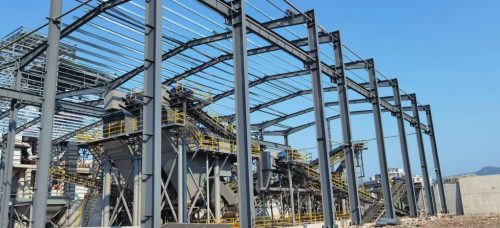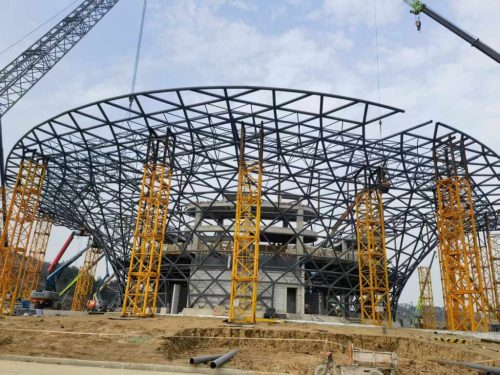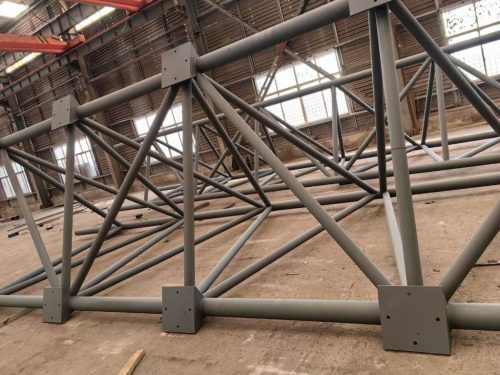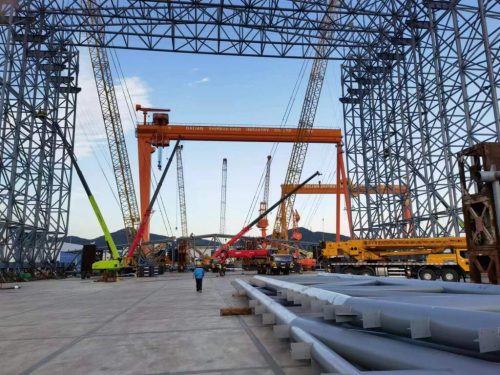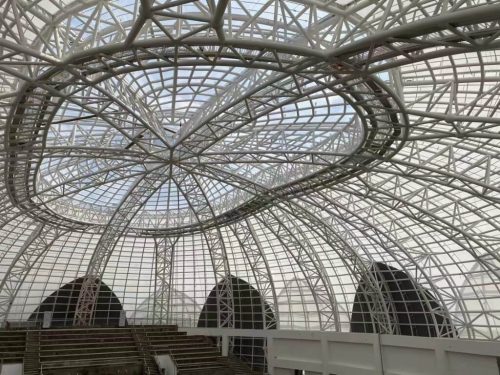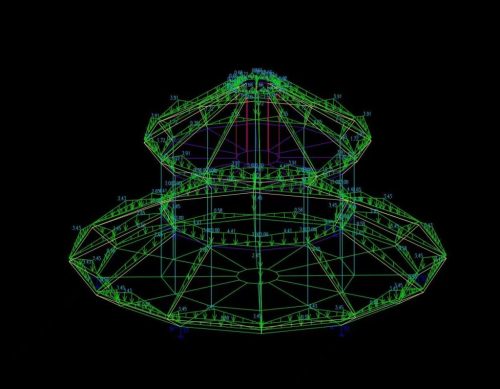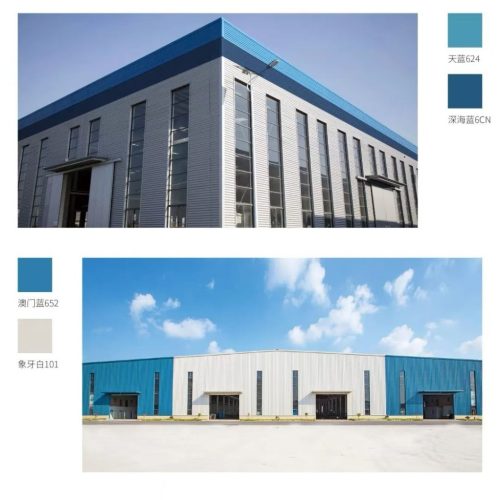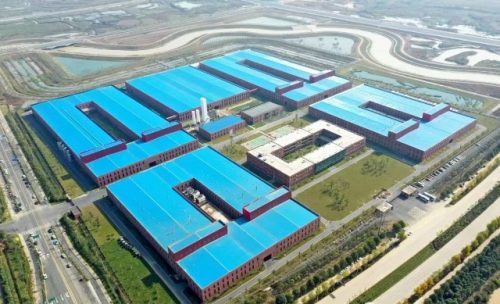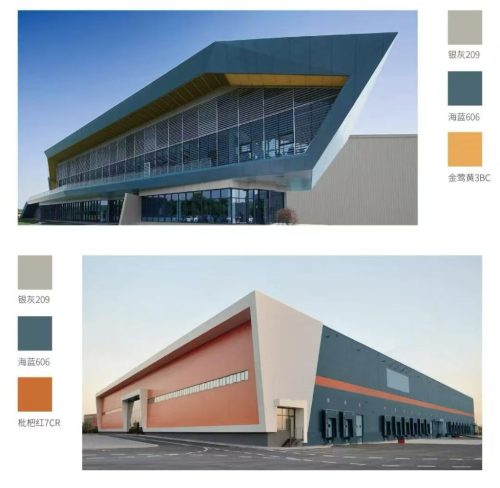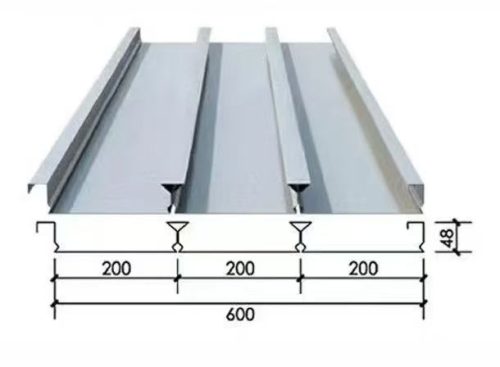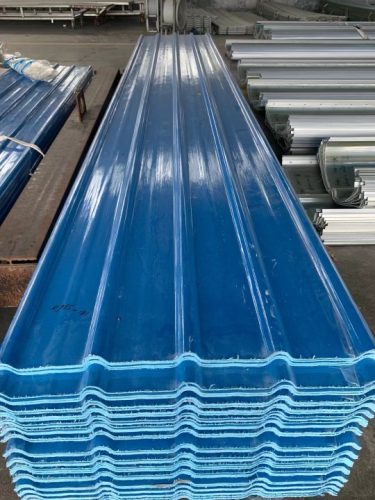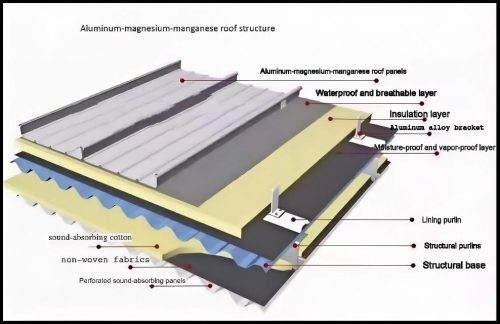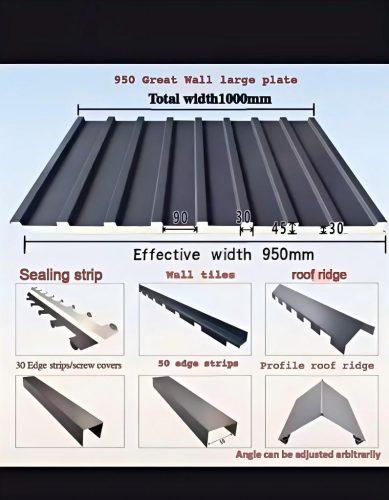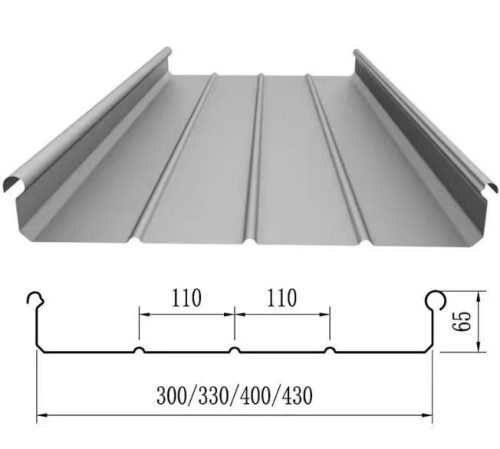Preliminary preparation: Lay a good foundation to avoid "rework as soon as construction starts"Preliminary preparation directly affects the efficiency and quality of installation, and the following points need to be focused on:Drawings and technical briefings Before construction, the design drawings (including structural layout drawings, node details, component size tables, etc.) must be checked to confirm that the component model, quantity, and connection method are consistent with the on-site requirements.Organize technical briefings: The design party, the supervision party, and the construction party jointly participate in clarifying the installation requirements of key nodes (such as beam-column connections and roof support nodes), and marking easy-to-error points (such as bolt hole alignment and welding groove angle).Component on-site inspection and storage Component acceptance: Check the dimensional deviation (such as length, verticality, curvature), surface flatness, and bolt hole position and embedded parts position accuracy of components such as steel columns, steel beams, and purlins (the deviation must comply with the requirements of the "Standard for Acceptance of Steel Structure Construction Quality" GB50205).Storage specifications: Components must be stacked in the order of installation, and the bottom must be raised with wooden blocks (to prevent ground moisture and rust). Slender components (such as purlins and supports) must be equipped with fulcrums to prevent deformation; high-strength bolts, welding rods and other accessories must be stored separately in a dry environment to prevent moisture from affecting performance.Foundation and site preparation Foundation review: Check the axis position, elevation, position and verticality of the embedded bolts (or embedded parts) of the concrete foundation. If the deviation exceeds the allowable range (such as bolt displacement > 10mm), it must be processed in advance (such as hole expansion and rebar planting) to avoid the inability to install the components.Site planning: Divide the component stacking area, processing area (such as on-site cutting and drilling), and hoisting operation area to ensure that the hoisting route is unobstructed; the ground must be flat and hardened to prevent the crane legs from sinking and causing overturning.



